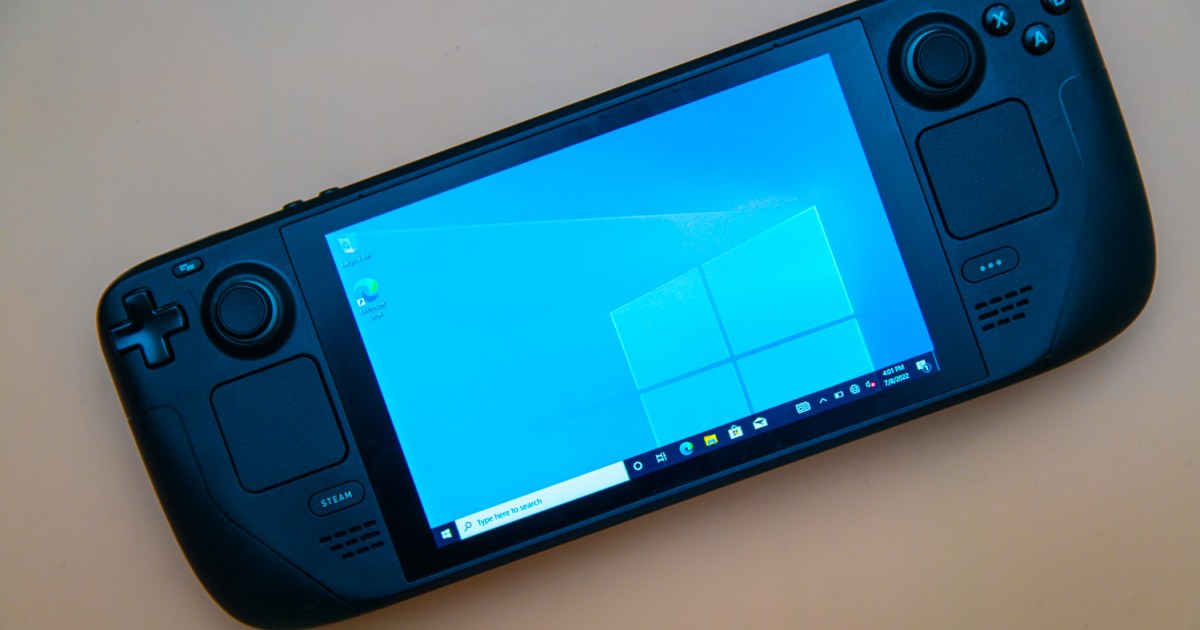We all knew it was coming, but it’s still sad to see Windows 7, 8, and 8.1 go. Valve announced that it ended support for the three operating systems on January 1, 2024, essentially ending the life of the storied operating systems for the small batch of PC gamers still using them. We had a great run.
Before we cry foul that Valve is shuttering Steam support for potential users, understand that Windows 7, 8, and 8.1 only make up a total of 0.89% of all Steam users. That’s not an insignificant number of users — there are 31 million online users on Steam at the time of writing, nearly 10 million of which are playing games — but I’d wager a large number of those users either have other, newer PCs, or aren’t active on Steam most days.
Still, there are some folks who will feel the blow. For context, the number of users still using Windows 7, 8, and 8.1 is about the same number of users who are registering an RTX 4090 on the Steam hardware survey. If you’re one of the unfortunate few still on an older version of Windows, you’ll need to upgrade for official Steam support.
Now, Valve isn’t blocking any users on these older operating systems from using Steam. Valve just isn’t releasing any updates for them, either for games or Steam itself, and it will no longer offer technical support for users on these operating systems. As the announcement reads: “We expect the Steam client and games on these older operating systems to continue running for some time without updates after January 1, 2024, but we are unable to guarantee continued functionality after that date.”
Valve, not so subtlety, says that you probably should’ve upgraded at this point. Microsoft ended support for Windows 7 in 2020, and Windows 8.1 in 2023, per Valve’s announcement, meaning Steam support is the least of your worries if you’re still running one of these older operating systems. Valve points out that, due to a lack of security updates, “malware can also be used to steal the credentials for your Steam account or other services” on Windows 7, 8, and 8.1.
Thankfully, installing a modern version of Windows is easy. We have a guide on how to install Windows 10 legally (and for free), and once you’re there, the jump to installing Windows 11 is easy. Keep in mind the minimum hardware requirements, however. Windows 11, in particular, requires more recent hardware to run.
Editors’ Recommendations







